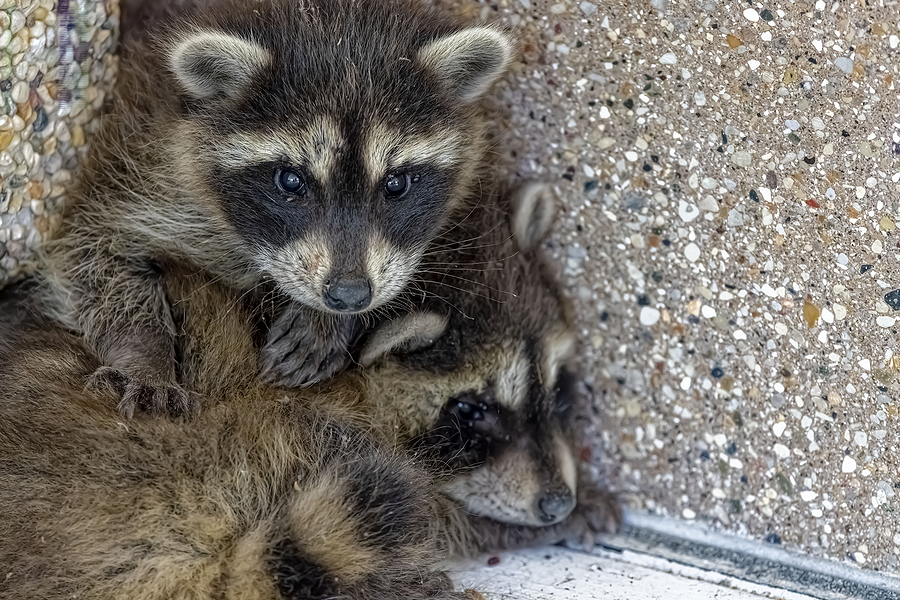Raccoons in the attic can cause a lot of damage, from chewing through wires and insulation to leaving behind their droppings. Not only are these pests destructive, but they also pose a health risk as they can carry diseases and parasites. If you’ve noticed signs of raccoon activity around your house or if you’ve seen them coming and going from your attic, it’s important to take action right away.
In this blog post, we’ll discuss some tips for dealing with the damage caused by raccoons in your attic as well as how to remove them safely and effectively.

How to Deal With Raccoons in the Attic – Step By Step Guide
Exterior Inspection
The first step in dealing with the damage caused by raccoons is to identify where they are entering your attic. Look for any possible points of entry, such as gaps in windows or doors, holes in walls or roofing shingles, and any other openings that may be large enough for a raccoon to squeeze through.
Raccoon Removal and Exclusion
Once you’ve identified the entry point(s), it’s time to remove the raccoons through trapping and exclusion. This can be a tricky process, as raccoons are notorious for being difficult to trap or scare away, plus they are known carriers of several communicable diseases. That’s why it’s important to hire a professional wildlife control company for safe and humane raccoon removal. A licensed and insured wildlife control operator will be able to safely and humanely get rid of the raccoons without causing any further damage to your home. They will use both exclusion and live trapping strategies to remove raccoons as fast as possible.
Attic Damage Repair and Cleanup
After all the raccoons are out, the next step is to repair the damage – this includes scat cleanup and decontamination. It might also require pest fumigation, as most raccoons are ridden with fleas, ticks, mites, and sometimes lice. Depending on the extent of the attic damage, repairs can involve replacing insulation, patching holes in walls and ceilings, replacing vent covers, replacing window screens, and making sure all windows and doors close securely.
Raccoon Proofing
Once the raccoons have been removed from your attic and all repairs are completed or underway, you should take steps to prevent raccoons from returning. This includes sealing all possible entry points with wire mesh, installing animal-proof vents, and trimming back tree branches that may provide access to your roof. You should also make sure that all food sources (including pet food) and water sources are stored securely or blockaded so that they won’t attract more raccoons. You can also try automatic sprinklers, motion-sense lighting, raccoon repellent, and chimney caps.
Manage Nuisance Raccoons With These Wildlife Control Tips
Dealing with the damage caused by raccoons in the attic can be a difficult and time-consuming process, but it’s important to take action as soon as possible. By following these steps and hiring a professional for raccoon removal, you can ensure that your attic is secure from further damage and pests, allowing you to rest easy knowing your home is safe from harm.
If you have raccoons in the attic or other area of your property, it is vital to act fast. Contact Indianapolis Raccoon Removal at 317-535-4605 for prompt and professional Indianapolis raccoon control services you can trust.
Related Posts:
Top Solutions for a Raccoon Infestation in Indianapolis
Are Raccoon Droppings Toxic?
Why Raccoons Are Attracted to Your Property Each Night
